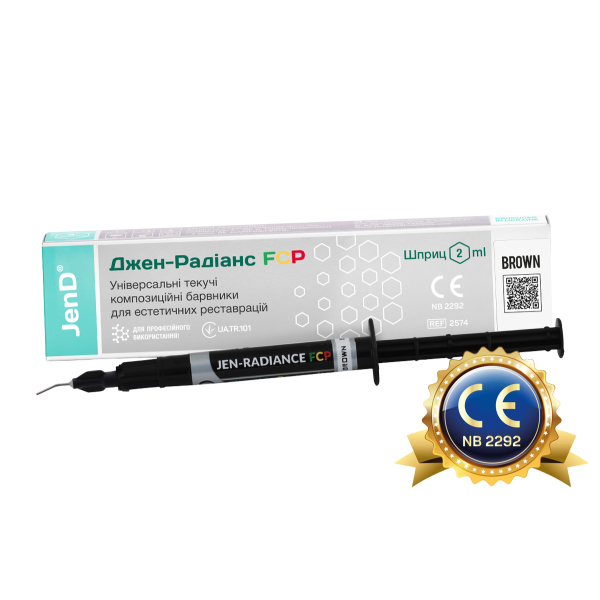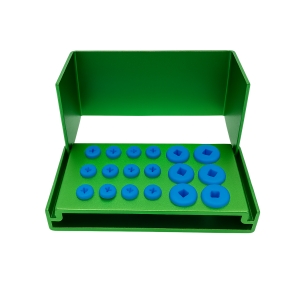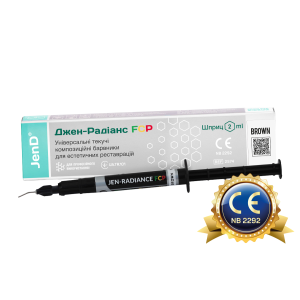0
0
In Stock
Product Code: 1450665207
Brand: Jen Dental
Reviews:
0
Found cheaper?
366.00грн.
Buy in 1 click:
Specifications:
(See all)
Color
Consistence
Form of release
Volume
Country of manufacture
Description
INDICATIONS FOR APPLICATION
For direct and indirect restorations for individualization of restoration works.
As a masking agent for closing discolored tooth tissues.
ADVANTAGES
- Provides natural individualization of restoration works with high aesthetic requirements.
- Convenient application and practical use.
Shades of composite dyes
- Jen-Radiance FCP Brown (Brown) – to reproduce the natural color of fissures;
- Jen-Radiance FCP (Ochre) – for correcting the color of other areas of the teeth (cracks in the teeth of young and elderly people, tobacco stains, etc.);
- Jen-Radiance FCP (White) – for simulating other areas of teeth (areas of hypercalcification, fluorosis, etc.);
- Jen-Radiance FCP (Gray) – for simulating different features of tooth color.
METHOD OF APPLICATION
- It is applied with a thin brush or from a syringe through a thin nozzle to the place of reproduction of the characteristic features of the tooth.
- It is polymerized by a conventional photopolymerizer.
- It is applied in layers. The thickness of the layer is not more than 0.5 mm. It can be applied during the creation of a seal, then covered with thin layers of composite material. Layers of composite material protect the dye from abrasion.
- Create a characteristic surface texture on the filling material using the appropriate dental instrument. Wipe the treated surface with a dental etching gel (eg Phospho-Jen AS), rinse with water and air dry. Then apply the adhesive, cure it according to the manufacturer's instructions, then apply the composite color - cure it and cover with a thin layer of clear or translucent composite material (eg, Jen-Radiance (Incisal) or Jen LC-Flow (Incisal)).
- The last layer of composite material protects the dye from abrasion.
Photopolymerization of Jen-Radiance FCP dyes:
Use a lamp for polymerization with a spectral maximum of radiation in the region of 465 nm. The minimum power of the photopolymerizer should be at least 550 mW/cm2, and the polymerization time should be in the range of 20-30 seconds.
Specifications
Characteristics
Color
Consistence
Form of release
Volume
Country of manufacture
Reviews
There are no reviews for this product, be the first to leave your review.

Answers & questions
No questions about this product, be the first and ask your question.


Liquid composite dye Jen-Radiance FCP, Jen Radiance paint WHITE
366.00грн.








